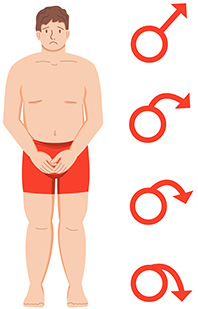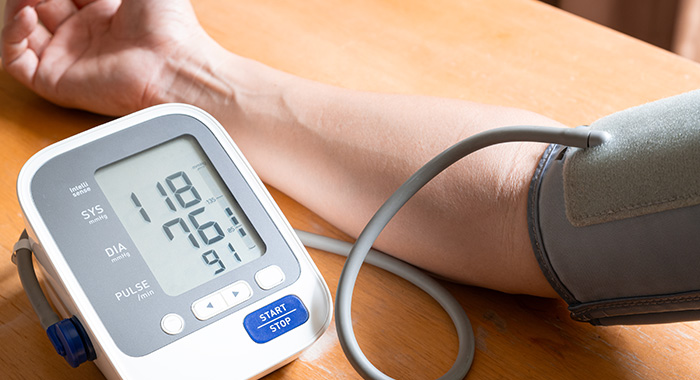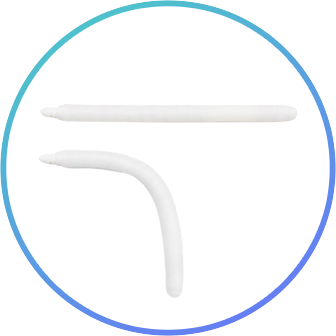what is ed

Erectile dysfunction
ED — Erectile Dysfunction — is the inability to achieve or maintain an erection sufficient enough to satisfy desired sexual activity. The prevalence of ED tends to increase with age and can lead to a loss of self-confidence and increase conflict within intimate relationships. If these symptoms persist for over three months, we recommended you seek ED treatment at StanTop Urology Clinic in Seoul, Korea.

Causes of Erectile Dysfunction
In the past, psychological factors were often considered the primary causes of ED. However, recent research has expanded the understanding of ED to include chronic conditions such as cardiovascular disease, metabolic syndromes, medication side effects, and environmental factors. In addition, there is a growing trend to view ED not only as a sexual dysfunction but also as related to men’s overall health, vitality, and aging.


ED Symptoms
- Inability to achieve an erection spontaneously or with sexual stimulation.
- Erections are short-lived or diminish before intercourse.
- An erection that is not stable enough or does not support sexual activity.
- An erection that does not reach the rigidity necessary for penetration.
- Decreased frequency of morning erections.
Causes of ED

Psychological factors
Psychological factors such as decreased sexual self-confidence, stress, anxiety, or depression can lead to psychogenic ED. It is important to understand that increased stress or anxiety can cause excessive activity of the sympathetic nervous system, causing excessive constriction of blood vessels and preventing the smooth muscles of the corpora cavernosa of the penis from relaxing. Emotional factors can also contribute to a vicious cycle of recurrent ED.
Medical conditions
Medical conditions, including atherosclerosis, hypertension, heart disease, gastrointestinal disorders, musculoskeletal problems, and reproductive disorders, can all contribute to ED. Research shows that patients with chronic conditions are approximately 2 to 4 times more likely to develop ED than healthy individuals. Lifestyle factors that contribute to these chronic conditions, such as obesity, smoking, and excessive alcohol consumption, can also increase the risk of ED and should be managed carefully.


Surgery or trauma
Surgery or trauma to the pelvic area, such as prostatectomy for benign prostatic hyperplasia or pelvic surgery for bladder, colon, or rectal cancer, can cause ED. The pelvic cavity contains autonomic nerves and blood vessels that play a critical role in erection. Any injury to this area during surgery can lead to erectile dysfunction.
Environmental factors
Medical conditions, including atherosclerosis, hypertension, heart disease, gastrointestinal disorders, musculoskeletal problems, and reproductive disorders, can all contribute to ED. Research shows that patients with chronic conditions are approximately 2 to 4 times more likely to develop ED than healthy individuals. Lifestyle factors that contribute to these chronic conditions, such as obesity, smoking, and excessive alcohol consumption, can also increase the risk of ED and should be managed carefully.

ED Solutions

One-component prosthesis
This is an elastic silicone rod. Two rods enter the thick cavernous bodies of the penis. Before intercourse, the patient straightens the penis upwards, after intercourse – bends it downwards.

Three-piece prosthesis
The inflatable penile prosthesis mimics the natural blood flow and expansion of the cavernous bodies. This reproduction of physiological principles makes it almost indistinguishable from others, while maintaining a discreet profile. It is easy to use and provides a high level of satisfaction.

Indications
- Men who do not achieve erection spontaneously or with sexual stimulation.
- Those who experience short-term erections or erections that subside before penetration.
- Men who do not achieve sufficient erection or experience short-term erection.
- Those who, even when achieving an erection, do not achieve the rigidity necessary for penetration.
- Men who have experienced a decrease in the frequency of morning erections.
